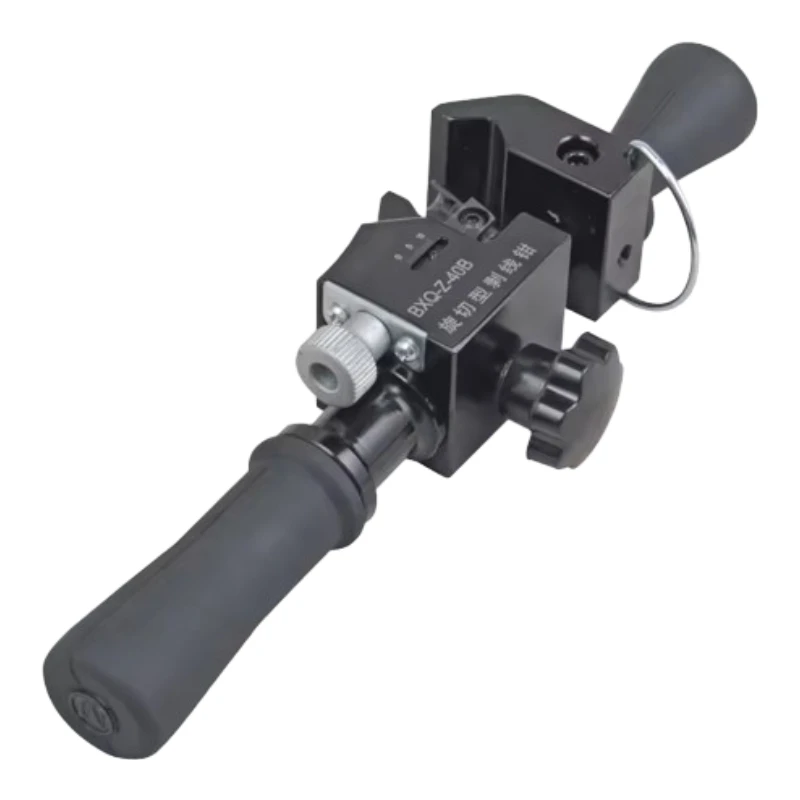
-
 Afrikaans
Afrikaans -
 Albanian
Albanian -
 Amharic
Amharic -
 Arabic
Arabic -
 Armenian
Armenian -
 Azerbaijani
Azerbaijani -
 Basque
Basque -
 Belarusian
Belarusian -
 Bengali
Bengali -
 Bosnian
Bosnian -
 Bulgarian
Bulgarian -
 Catalan
Catalan -
 Cebuano
Cebuano -
 Corsican
Corsican -
 Croatian
Croatian -
 Czech
Czech -
 Danish
Danish -
 Dutch
Dutch -
 English
English -
 Esperanto
Esperanto -
 Estonian
Estonian -
 Finnish
Finnish -
 French
French -
 Frisian
Frisian -
 Galician
Galician -
 Georgian
Georgian -
 German
German -
 Greek
Greek -
 Gujarati
Gujarati -
 Haitian Creole
Haitian Creole -
 hausa
hausa -
 hawaiian
hawaiian -
 Hebrew
Hebrew -
 Hindi
Hindi -
 Miao
Miao -
 Hungarian
Hungarian -
 Icelandic
Icelandic -
 igbo
igbo -
 Indonesian
Indonesian -
 irish
irish -
 Italian
Italian -
 Japanese
Japanese -
 Javanese
Javanese -
 Kannada
Kannada -
 kazakh
kazakh -
 Khmer
Khmer -
 Rwandese
Rwandese -
 Korean
Korean -
 Kurdish
Kurdish -
 Kyrgyz
Kyrgyz -
 Lao
Lao -
 Latin
Latin -
 Latvian
Latvian -
 Lithuanian
Lithuanian -
 Luxembourgish
Luxembourgish -
 Macedonian
Macedonian -
 Malgashi
Malgashi -
 Malay
Malay -
 Malayalam
Malayalam -
 Maltese
Maltese -
 Maori
Maori -
 Marathi
Marathi -
 Mongolian
Mongolian -
 Myanmar
Myanmar -
 Nepali
Nepali -
 Norwegian
Norwegian -
 Norwegian
Norwegian -
 Occitan
Occitan -
 Pashto
Pashto -
 Persian
Persian -
 Polish
Polish -
 Portuguese
Portuguese -
 Punjabi
Punjabi -
 Romanian
Romanian -
 Russian
Russian -
 Samoan
Samoan -
 Scottish Gaelic
Scottish Gaelic -
 Serbian
Serbian -
 Sesotho
Sesotho -
 Shona
Shona -
 Sindhi
Sindhi -
 Sinhala
Sinhala -
 Slovak
Slovak -
 Slovenian
Slovenian -
 Somali
Somali -
 Spanish
Spanish -
 Sundanese
Sundanese -
 Swahili
Swahili -
 Swedish
Swedish -
 Tagalog
Tagalog -
 Tajik
Tajik -
 Tamil
Tamil -
 Tatar
Tatar -
 Telugu
Telugu -
 Thai
Thai -
 Turkish
Turkish -
 Turkmen
Turkmen -
 Ukrainian
Ukrainian -
 Urdu
Urdu -
 Uighur
Uighur -
 Uzbek
Uzbek -
 Vietnamese
Vietnamese -
 Welsh
Welsh -
 Bantu
Bantu -
 Yiddish
Yiddish -
 Yoruba
Yoruba -
 Zulu
Zulu


dec. . 10, 2024 04:34 Back to list
Single Grounding Rod Installation for Effective Electrical System Safety and Performance
Understanding Single Grounding Rods Importance and Application
Grounding, or earthing, is a critical process in electrical systems that ensures safety and functionality. Among the various grounding methods employed, a single grounding rod is one of the simplest and most widely used techniques. In this article, we will explore the concept of a single grounding rod, its importance, installation process, and the best practices associated with its use.
What is a Single Grounding Rod?
A single grounding rod is a conductive rod, typically made of copper or galvanized steel, that is driven into the ground to provide a direct path for electrical currents to disperse safely into the earth. This method effectively prevents electrical surges from damaging electrical equipment, reduces the risk of electric shock to humans, and stabilizes voltage levels to ensure the proper functioning of electrical systems.
Importance of Grounding
The significance of grounding is underscored by various factors
1. Safety Grounding protects individuals from electrical shock. In case of a fault, the grounding rod safely carries excess electricity away from the system and into the ground.
2. Equipment Protection Electrical surges, often caused by lightning strikes or power faults, can irreparably damage electrical equipment. A grounding rod helps mitigate these risks by providing a pathway for excess voltage.
3. Compliance Many electrical codes and regulations require proper grounding for safety compliance. Using a single grounding rod can often satisfy these legal requirements, particularly in residential settings.
4. Electromagnetic Interference Reduction Grounding can help reduce electromagnetic interference in sensitive electronics, improving the overall performance of devices.
Installation of a Single Grounding Rod
single grounding rod

The installation of a single grounding rod is a straightforward process, though it requires adherence to specific guidelines to ensure effectiveness
1. Choosing the Right Rod Typically, a grounding rod should be at least 8 feet long and made from conductive materials like copper or galvanized steel, which are resistant to corrosion.
2. Location The grounding rod should be installed in a location that has moist soil, as wet ground greatly enhances conductivity. It should be away from any structures, utilities, or potential barriers that could obstruct its functionality.
3. Driving the Rod Use a hammer or a grounding rod driver to drive the rod vertically into the ground. It should be driven to the depth specified by local electrical codes, usually around 8 to 10 feet.
4. Connections Once the rod is in place, it must be connected to the electrical system using a copper wire, which is often referred to as the grounding electrode conductor. This connection is critical for the grounding system to function effectively.
5. Testing After installation, it is essential to test the resistance of the grounding system using a grounding resistance tester. An ideal reading would be below 25 ohms, as this indicates that the electrical system has a low-resistance path to ground.
Best Practices
To ensure the reliability and safety of a single grounding rod
- Regularly inspect the grounding system for signs of corrosion or physical damage. - Ensure that all connections are tight and free of oxidation. - Follow local electrical codes and regulations regarding grounding practices.
Conclusion
In conclusion, a single grounding rod is an essential component in electrical safety and system functionality. By providing a safe pathway for electrical currents, it plays a pivotal role in protecting individuals and equipment alike. Proper installation and maintenance of grounding rods are critical for maximizing their effectiveness and ensuring compliance with electrical codes. As technology evolves and electrical systems become more complex, the basic principles of grounding remain an indispensable aspect of safe electrical practices.
Latest news
duct-rodders-and-conduit-rod-tools
NewsAug.22,2025
ratchet-pullers-and-wire-tightening-tools
NewsAug.22,2025
chain-ratchet-pullers-and-hoist-solutions
NewsAug.22,2025
telescopic-hot-stick-for-electrical-and-high-voltage-use
NewsAug.22,2025
cable-clamp-and-insulated-cable-clamp-systems
NewsAug.22,2025
duct-rodder-conduit-rodder-and-cable-solutions
NewsAug.22,2025








